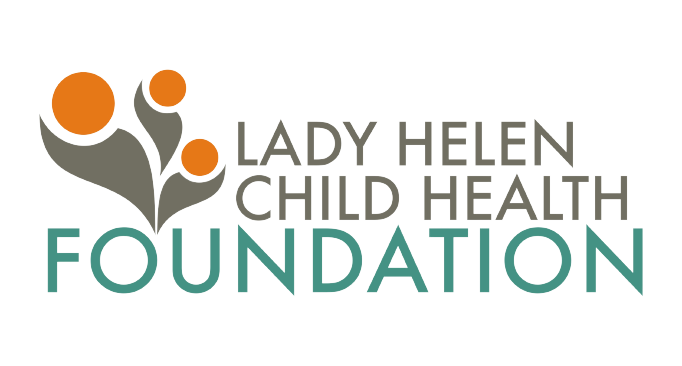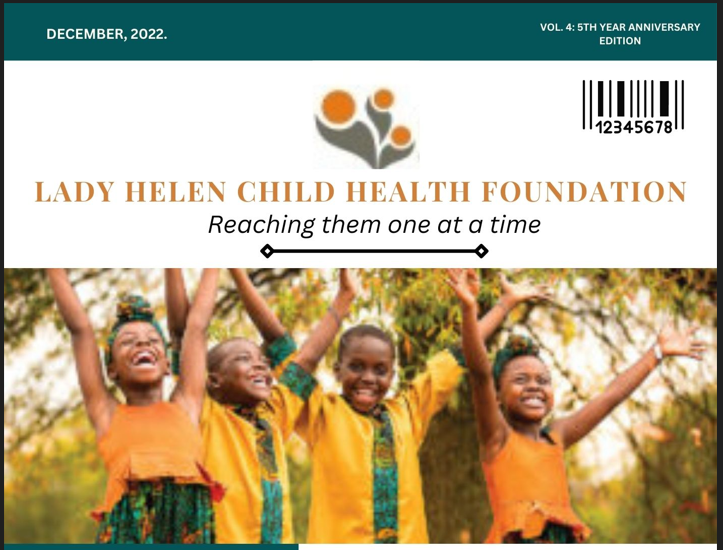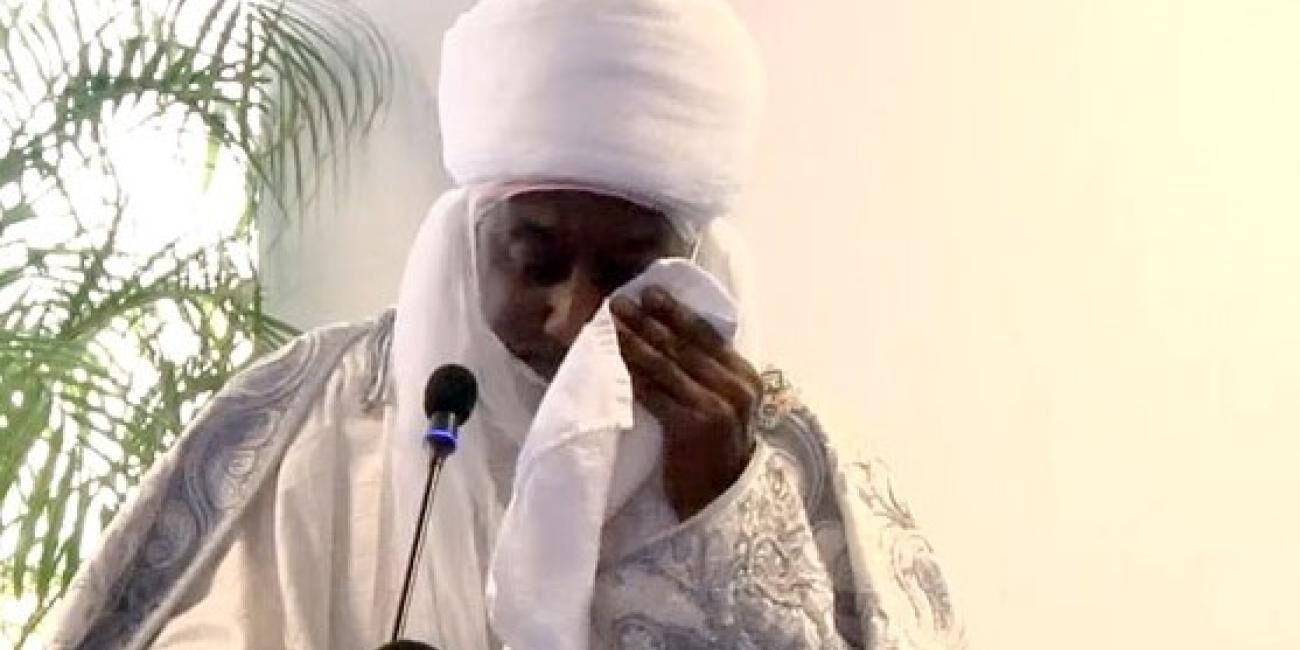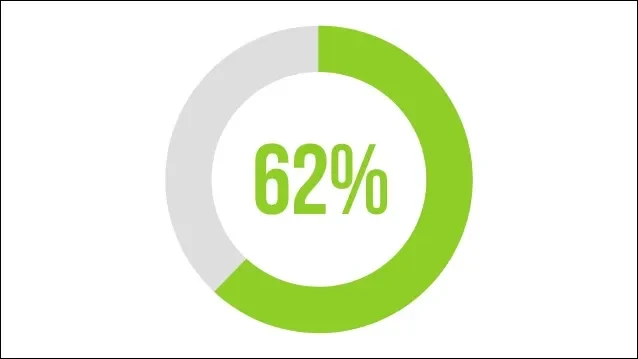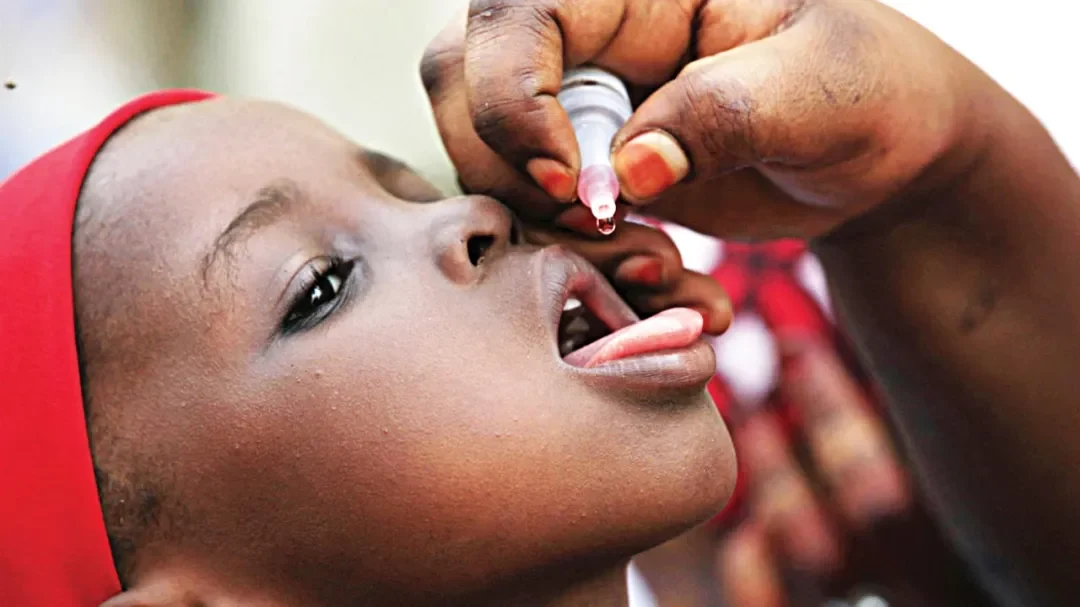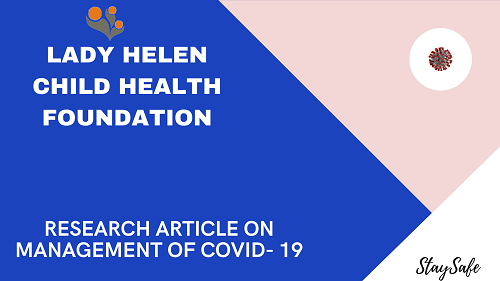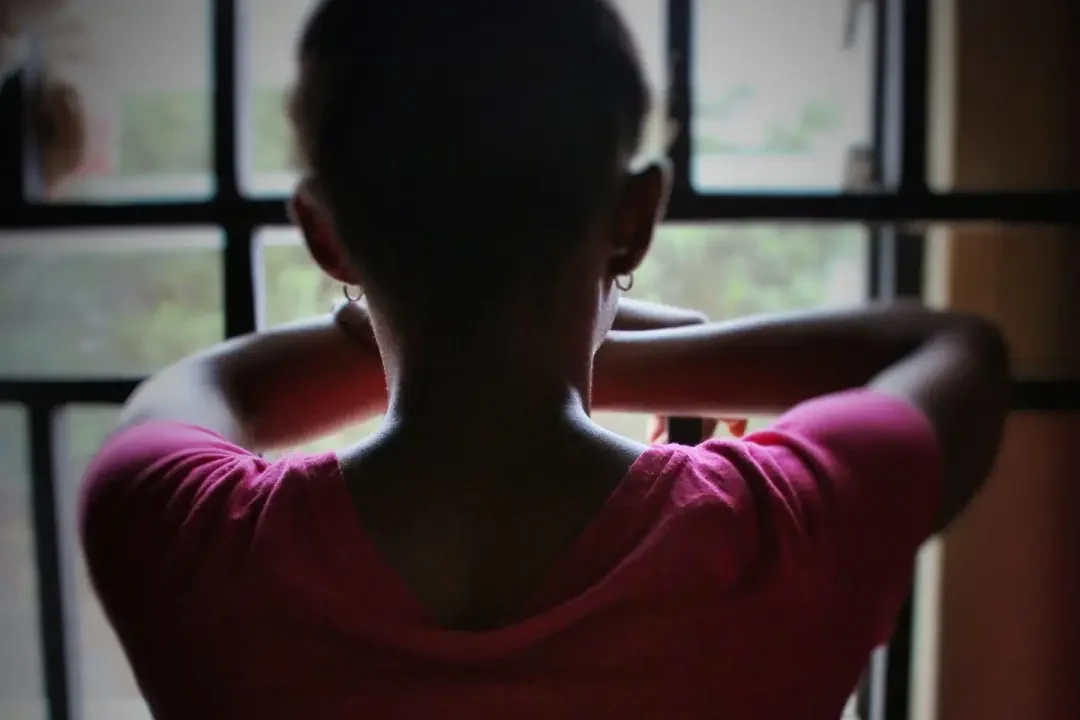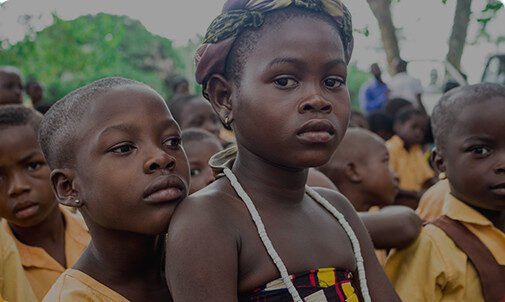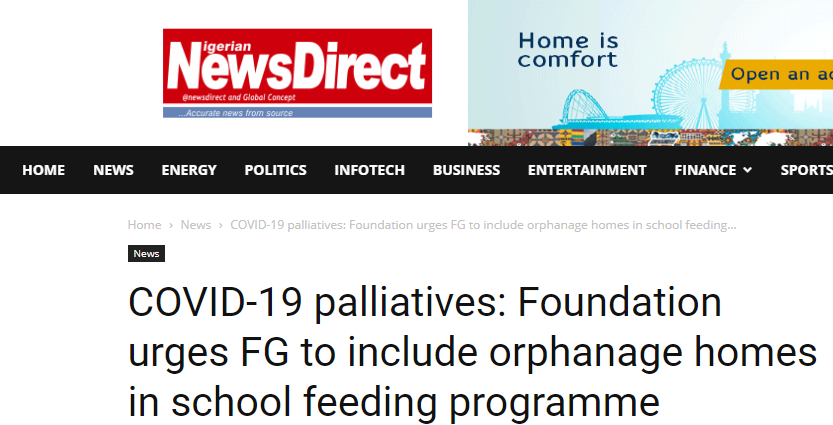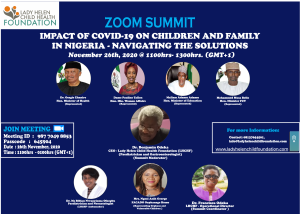his article was put together by LHCHF Research Team.
An appraisal of the News media output, WHO pronouncements and people’s perception of the Pandemic December 2019 to March 2020.
According to the WHO the corona group of viruses can cause illness in man and animals especially respiratory which ranges from the common cold to more severe illness like south asia respiratory syndrome SARs, middle east respiratory syndrome MERs and now COVID 19. At the time of this writeup, more than 1,250,000 people are known to have been infected with about over 67,000 deaths recorded. The spectrum of symptom displayed is varied with up to 80% with mild infection and the other 20% classed severe. The death rate ranges between 0.7 and 3.4 %.
The source of outbreak was traced to a wet market in the town of Wuhan in China. The animal source is not yet defined but the original host is suspected to be Bats.
There is a tracker on the WHO website with updated statistics on the status across the globe.
The virus is spread via aerosol or droplets. This means that strict hand hygiene, cough hygiene and etiquette, avoidance of handshakes, and social distancing is needed to curtail the progression of the disease. The early symptoms of Fever, cough and breathlessness are red flags indicating need for medical attention.
Those with severe illness will need close treatment in Hospital. There has been high profile personalities affected lately. The list includes the British Prime Minister, Prince Charles Heir to the British throne, British Health Minister and in Nigeria a number of State governors and the Chief of staff to the federal government.
The role call of who is who in the society that are affected, clearly indicate the non discriminatory and the deadly nature of this infection.
Countries around the world have drawn up individulised protocol of care in their bid to align with the WHO template advice.
10 Reasons why COVID 19 Pandemic took the world by storm
China was slow to confirm the severity of the infection and also slow to act in containing the virus. This led to the loss of a golden opportunity to keep the lid on it before its spread in an exponential fashion.
- The rest of the world were complacent because they initially regarded the disease as a local chinese issue and did not put adequate measures in place to prevent spread.
- The developed world (USA, Europe, some wealthy Asian countries) were stampeded initially by negative media coverage and forced to organise the evacuation of their nationals from infection prone areas to their respective countries thereby aiding the spread of the virus exponentially.
- Countries in the developed world, apparently failed to heed in a timely manner to the advice of the WHO and did not put in place measures to mitigate spread within their own countries. Their initial responses left much to be desired and put mildly was complacent and reckless.
- There was no visible coordinated martial plan among countries to stem the flow. Instead responses were bespoke, individualised and selfish. This was no blue print to stop a looming pandemic. Pandemics being worldwide needed a joined up approach to address it and bound to fail if individualised and selfish approach was used instead..
- Most countries were slow to effect local strategies to stem the spread. Emergency contingency plans were patchy and confused. A mix of politics and grand standing in some cases. Early leadership was lost and this was not a good start.
- The delay in controlling flights from affecting areas missed the golden opportunity to stop the spread to areas not earlier affected. Chinese tourists who are widely traveled were still free to move around the world with little attention paid to local health need for protection. This does explain the pockets of infections at key tourist cities ( New York, Paris, London, Italy’s Milan & Lombardy region)
- The lack of intergovernmental engagement with joined up policy on cohesive health prevention measures meant that intervention were not productive and therefore failed to reduce spread.
- The types of at risk people seem to include highly placed politicians who tend to mingle a lot, affluent and high end travelers in close contact in airports and aircraft, and hence the spread is very visible with foreign travels. There is also the issue of old age individuals and those with long standing health conditions that are susceptible to the infection as a result of their compromised immune status.
- There was paucity of material to combart the effect of the infection on the social fabric of the society. The problem of inadequate testing equipment, faulty testing kits in some cases and inadequate number of PPE and ventilators made effective control and management difficult.
- The initial media hysteria which focused on reporting the death statistics, caused panic and confusion which meant that initial key messages were subsumed in confused rhethorics. Tourists were scared and behaved in disorganised ways that facilitated the further spread of the virus.
INITIAL LESSONS FROM THE ACTIONS, INACTIONS AND DEFICIENCY OF RESPONSE TO COVID 19 PANDEMIC.
There is an obvious lack of coordinated response to the COVID 19 Pandemic and this meant that most countries including those in the developed economies, lacked preparedness to tackle the Pandemic.
It is therefore the case for the UN and the WHO to take the mantle of leadership and ensure that a blue print for action is available to deal with future occurences.
This should be in the form of a statute that should be made mandatory for all member nations to follow and should take into account the followings.:-
- Standards for health surveillance, promotion, intervention, and treatment modalities.
- There should be templated economic intervention by the world Bank with clear and specific economic recovery programs that will ensure that economic activities resume as early as possible and also ensure that poorer economies are not obliterated. Aim is to cushion unfavourable effects on the weakest of the society.
- There should be joint collaborative work by scientists, medical practitioners, policy makers, and manufacturers. This should have a command structure that will boost a workable governance arrangement for implementing workable solutions.
- There should be an identified push for local industrialists to switch to produce needed materials and be engaged early to facilitate prompt and adequate response. The lesson from this pandemic shows that the near total dependence on supply from a certain region of the world made it difficult to provide prompt and adequate supplies in timely fashion. The case of inadequacy of PPE, Testing kits for Covid 19, and Ventilators for respiratory care were examples of items in short supply as a result of lock down of factories in China where these items are produced for world comsumption. This resulted in world wide scarcity and compromised care which no doubt contributed to the escalating mortality and morbidity figures heartily and gleefully reportd by journalist whose trademark is to shock and create sensation.
- There should be the blue print models for production of Corona virus vaccine when possible scultured from archive scientific models. This should be the mantra for scientists who I believe in our present world have enough know how to achieve this feat. If the desire is strong with emphasis and hunger by all concerned are harnessed, then this goal can be achieved. This is a clarion call for national governments to focus on adequate research funding ringfenced to achieve this goal.
CONCLUSION & SUMMARY
The WHO has done the good job of tracking the epidemiology of the infection and proactively engaged stakeholders at every path of the way. The organisation correctly classified the outbreak as a Pandemic and also provided useful information to all countries detailing the spread and advice on how to minimise and control it. There were regular briefings by the DG of WHO and his team who have good knowledge base and support teams that were able to liaise with member nations and supported them with technical advice. All countries should regard the support and advice as the building block for building resilience within their domains in Pandemic situations.
The future world order after the Covid 19 pandemic will make all to note that:-
- We all live in an interdependent world
- No one country is immune to the effect of Pandemics
- Pandemics has no respect for Nuclear or Non-Nuclear Countries, they all need masks, testing kits and ventilators. The most sophisticated healthcare system can be reduced to standards of developing countries if adequate equipments are not provided as needed.
- The casualty figures did not distinguish between the rich and the poor nor was there a racial disparity.
- The current pandemic exposed the inadequacy of health provisions and policy across countries. The developed world failed to see and plan while the developing countries constantly failed to pay attention or fund their health institutions adequately, which exposed their vulnerability with near catastrophic anticipation. There is therefore a clarion call to them to build robust health intitutions that can stand the test of future Epidemics and Pandemics. The current way of doing things in relation to health is not sustainable and will need thorough appraisal for the better. If countries like Nigeria fail to learn from this and respond appropriately then posterity will not look kindly to the future generation who will be recipient of such inaction or failure of doing the good for the many,
- Health is a precious commodity that is more valuable than wealth. A healthy person has the time to acquire wealth while a sick wealthy person will spend their time and money to be healthy. In some cases their money may not guarantee the attainment of the good health they may desire.
To come clean and survive the current Pandemic, Please WASH OR SANITIZE YOUR HANDS, MAINTAIN SOCIAL DISTANCE , STAY AT HOME & FOLLOW MEDICAL ADVICE.
Visit the WHO website on Covid 19 for useful tips and updates on the Pandemic.
Do visit this platform for informed writeups on Covid 19.
Reference:-
- Newey S, Gulland A; What is coronavirus, how did it start and how big could it get? :The Telegraph; 5th April 2020
- WHO ; who.int/emergencies/diseases/novel-coronavirus-2019/advice-for-public
Dr Benjamin Odeka is the CEO of the Lady Helen Child Health Foundation and the Director for Research of the organization. He has conducted research projects in Universities and pharmaceutical industries as Chief Investigator in a Pan European study on a new drug treatment for childhood constipation. He has also headed many research studies in Paediatric medicine as Principal Investigator. He was an Honorary Senior Lecturer at the University of Manchester for many years and an approved trainer for post graduate and undergraduate studies by the General Medical Council UK.
He is a peer reviewer for notable journals and evidence based practice forums in the medical field and has also published original research articles that has advanced medical knowledge.
He is a Fellow of the Royal College of Physicians of London & Fellow of Royal College of Paediatrics & Child health (UK)
He is an examiner for the medical school of Manchester University and the Royal College of Paediatrics and Child Health UK. In addition to his medical degrees at undergraduate and post graduate levels, He also holds a Masters degree in Law (health care law).
His clinical and managerial skills was recognized for clinical excellence and earned him the Bronze award for excellence in the NHS UK. He continues to provide clinical service as a Consultant in Paediatrics and Gastroenterology. As part of his contribution to health care governance, he is a Performance assessor to the General Medical Council of UK and a Professional and Clinical Advisor to the UK Care Quality Commission.
He is now devoting his skills in Research under the auspices of the Lady Helen organization to add value to the Nigeria Research base.
